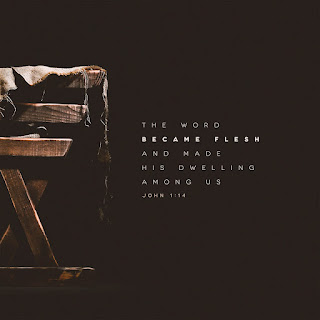Embracing the Mystery of the Incarnation
Walking by Faith
The incarnation of Jesus Christ stands as one of the most profound mysteries of the Christian faith. It is the belief that the eternal Son of God took on human flesh, becoming fully divine and fully human, a truth that transcends human comprehension. Much like the mystery of the Trinity, the incarnation invites us into a realm of divine mystery that eludes complete understanding.
In the early centuries of the Church, theologians grappled with the challenge of articulating this mystery. They sought to explain how the divine and human could be integrated into one person, Jesus Christ. However, their zealous efforts to provide answers sometimes led to doctrinal controversies and heresies. The journey of the early Church, culminating in the formulation of the Nicene Creed, serves as a testament to the struggle to articulate this mystery faithfully.
Scripture offers glimpses into the mystery of the incarnation, affirming the divinity and humanity of Christ. In the Gospel of John, we read, "And the Word became flesh and dwelt among us, and we have seen his glory, glory as of the only Son from the Father, full of grace and truth" (John 1:14). This verse encapsulates the profound reality of God taking on human form in the person of Jesus Christ.
Throughout history, theologians and poets have attempted to articulate the mystery of the incarnation in their writings and hymns. John Wesley, in his famous hymn, captures the essence of this mystery when he writes, "T’is mystery all the immortal dies; who can explore his strange design? In vain the first born seraph tries to plumb the depths of love divine."
Wesley's words remind us of the limitations of human understanding when confronted with the mystery of God's love manifested in Christ's sacrifice. Indeed, some mysteries of the faith may remain beyond our comprehension until we enter into glory. As Wesley concludes, "T’is mercy all, let earth adore, let Angel minds inquire no more."
In embracing the mystery of the incarnation, we are called to walk by faith, trusting in the revelation of God's love and wisdom. We confess with humility and awe that Jesus Christ is perfectly God and perfectly human, rejecting any deviation from this orthodox understanding as heresy.
As we journey in faith, we are reminded that some mysteries are meant to be embraced rather than fully understood. We trust in God's sovereignty and His unfathomable love for us, even as we await the full revelation of these mysteries in the glory of eternity. Until then, we walk by faith, confessing the mystery of the incarnation with reverence and awe.





